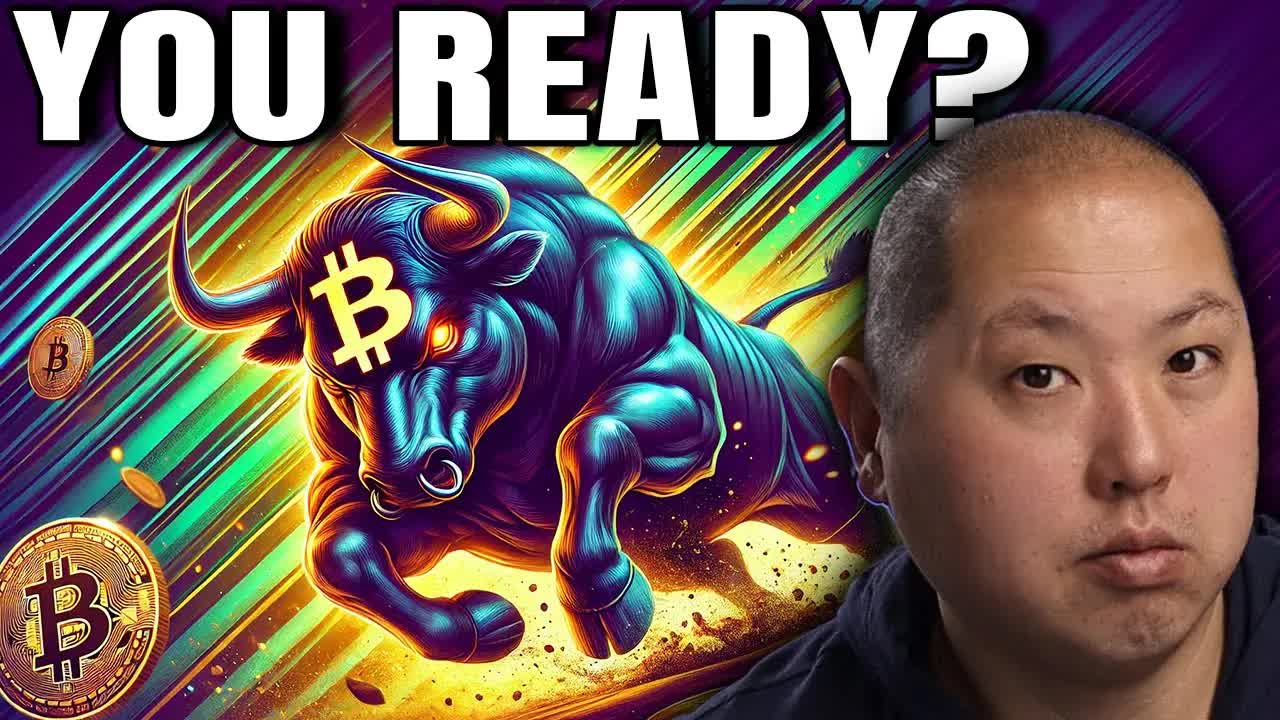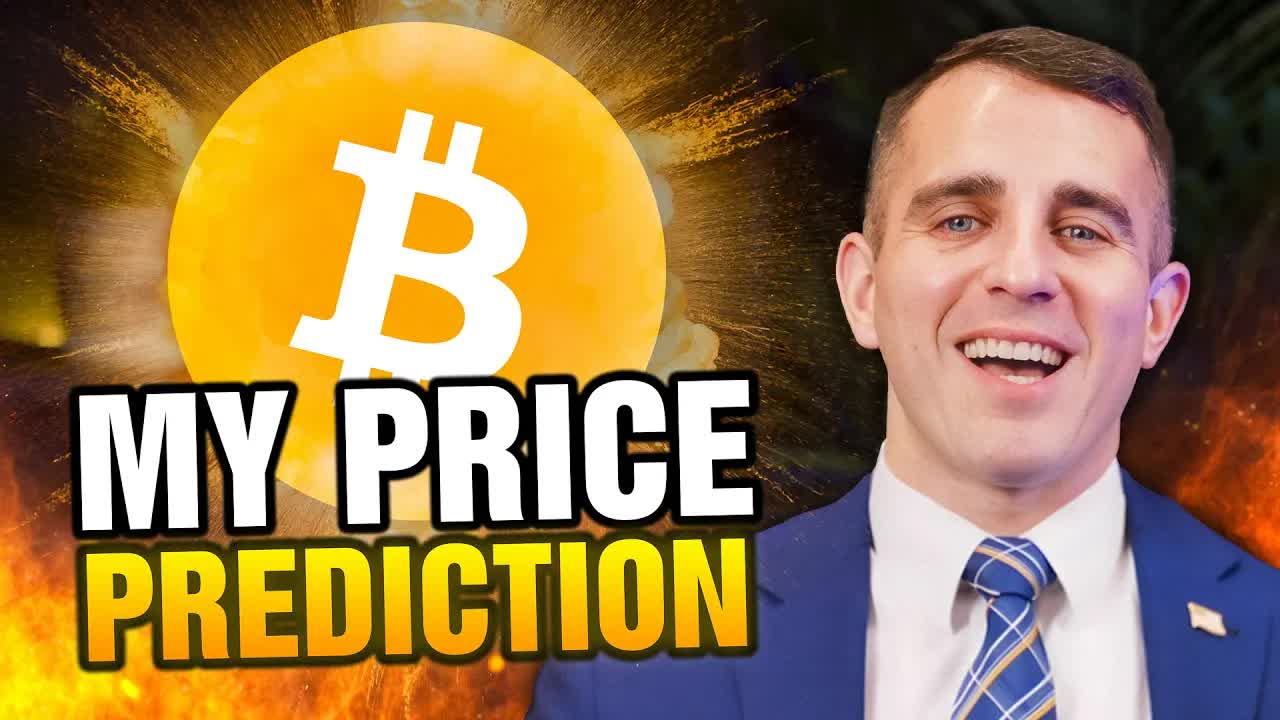Bitcoin's Omega Moment: Prince Filip's Bold Prediction Amid Market Turbulence
Serbia’s Prince Filip Karađorđević has emerged as an unlikely voice in the cryptocurrency arena, blending historical perspective with technical analysis to predict a Bitcoin price surge in 2025—and warning of deliberate market suppression standing in its way. His recent remarks to Simply Bitcoin highlight a pivotal tension between Bitcoin’s deflationary fundamentals and the forces seeking to control its trajectory.
The Suppression Thesis: A Repeat of 2021?
Prince Filip argues that Bitcoin’s price is being artificially held back by market participants, mirroring the dynamics of 2021 when volatility and institutional skepticism delayed its ascent. “There’s a clear effort to control the market,” he stated, pointing to coordinated selling and speculative short positions. The prince’s critique aligns with recent price action: Bitcoin rose 9% in the week leading to April 23, 2025, yet remains below its all-time high of $69,000 (adjusted for inflation), suggesting resistance at higher levels.

The Omega Candle: A Paradigm Shift
Central to Prince Filip’s thesis is the “omega candle” theory, popularized by Samson Mow of Jan3. This concept posits that once Bitcoin breaches $100,000—a threshold he calls a “psychological and structural ceiling”—its price dynamics will shift dramatically. Mow’s analysis suggests daily price swings could reach $100,000 post-breach, fueled by a combination of scarcity and institutional adoption. “The market isn’t just volatile then—it becomes unstoppable,” the prince emphasized.
The theory gains credence from recent trends. reveal a surge of $2.2 billion in three days, a 40% increase over Q4 2024. Analysts at Bitfinex attribute this to macroeconomic optimism and investor confidence in Bitcoin’s role as a hedge against inflation.
Risks on the Horizon: Recession Fears and Regulatory Uncertainty
Yet Prince Filip cautions that short-term risks could delay the omega candle’s arrival. He cites JPMorgan’s warning of a 60% chance of a U.S. recession in 2025, driven by trade tensions with China and tightening Fed policies. show the Fed raised rates to 5.5% in late 2024, with further hikes possible if inflation persists.
Such macroeconomic pressures could reduce risk appetite, dampening Bitcoin’s rally. Institutional investors, who now hold 12% of Bitcoin’s circulating supply (up from 8% in 2023), remain cautious. “A recession would test Bitcoin’s status as ‘digital gold,’” said one hedge fund manager, “but its fundamentals are too strong to ignore indefinitely.”
Conclusion: A High-Stakes Balancing Act
Prince Filip’s predictions paint a compelling picture of Bitcoin’s potential—but one fraught with uncertainty. On one hand, the deflationary design of Bitcoin (with a 21-million-coin cap) ensures long-term appreciation. Historical data supports this: since 2010, Bitcoin has risen by over 200 million percent, outperforming gold and equities.
On the other hand, short-term suppression and macroeconomic headwinds pose real threats. The $2.2 billion ETF inflow surge, while promising, pales compared to the $50 billion that flowed into Bitcoin ETFs during the 2021 rally. Meanwhile, the Fed’s stance remains a wildcard.
For investors, the key takeaway is this: Bitcoin’s trajectory hinges on two variables. First, whether institutional capital will continue to flow in, as seen in the first quarter of 2025. Second, whether macroeconomic fears will subside, reducing risk-off sentiment.
If the prince is right, Bitcoin’s price could explode once it breaks $100,000—a scenario supported by both technical analysis and the omega candle theory. Until then, the market remains a high-stakes battlefield between suppression and inevitability.
As Prince Filip concluded: “Bitcoin’s value is not a guess—it’s a mathematical certainty. The question is, who will blink first?” For investors, the answer lies in balancing patience with preparedness for a potential paradigm shift.


_442a2dcc1749832873286.jpeg)
_e68fac6d1749831664430.jpeg)






